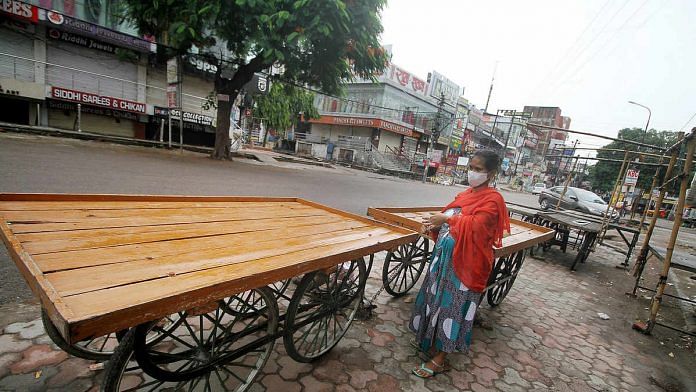Bloomberg- Developing Asia’s coronavirus-battered economy will shrink for the first time since the early 1960s, with the level of output next year still seen below pre-pandemic projections even as growth recovers, according to the Asian Development Bank.
The region’s gross domestic product will decline by 0.7% in 2020, down from June’s projection of an increase of 0.1%, the Manila-based bank said in a report Tuesday. A contraction this year would be the first since 1962, Yasuyuki Sawada, the ADB’s chief economist, said in a live-streamed briefing.
“The economic threat posed by the Covid-19 pandemic remains potent, as extended first waves or recurring outbreaks could prompt further containment measures,” Sawada said. Downturns across developing Asia are more widespread than previous crises, with three-quarters of economies in the region tipped to shrink this year, he said.
China will buck the trend and is forecast to expand 1.8% this year — unchanged from June’s projection — as successful public health measures provide a springboard for growth, according to the ADB. Growth is forecast to accelerate to 7.7% in 2021, up from a previous forecast of 7.4%.
In India, where lockdowns have stalled private spending, GDP will shrink by 9% this year, sharply down from June’s forecast of -4%, the ADB said. There were also big downgrades for the Philippines and Thailand, which are now projected to contract 7.3% and 8% respectively.
Growth in Developing Asia — a region that excludes advanced nations like Japan, Australia and New Zealand — will rebound to 6.8% in 2021, in part because it will be measured against a weak 2020, Sawada said. That will still leave next year’s level of GDP below pre-coronavirus projections, implying that the recovery is only “partial” and “not full.”
Virus containment “seems to be translated into growth performance,” and a prolonged pandemic remains the biggest downside risk this year and the next, he said.
U.S.-China trade tensions and technology conflicts and financial vulnerabilities amid the pandemic also weigh on growth, Sawada said.
Policies focused on protecting lives and livelihoods, and ensuring a safe return to work and restart of businesses, are crucial to ensuring a sustained recovery for the region, he said.
Also read: Indian economy is heading for a K-shaped recovery and it won’t be a pretty sight



